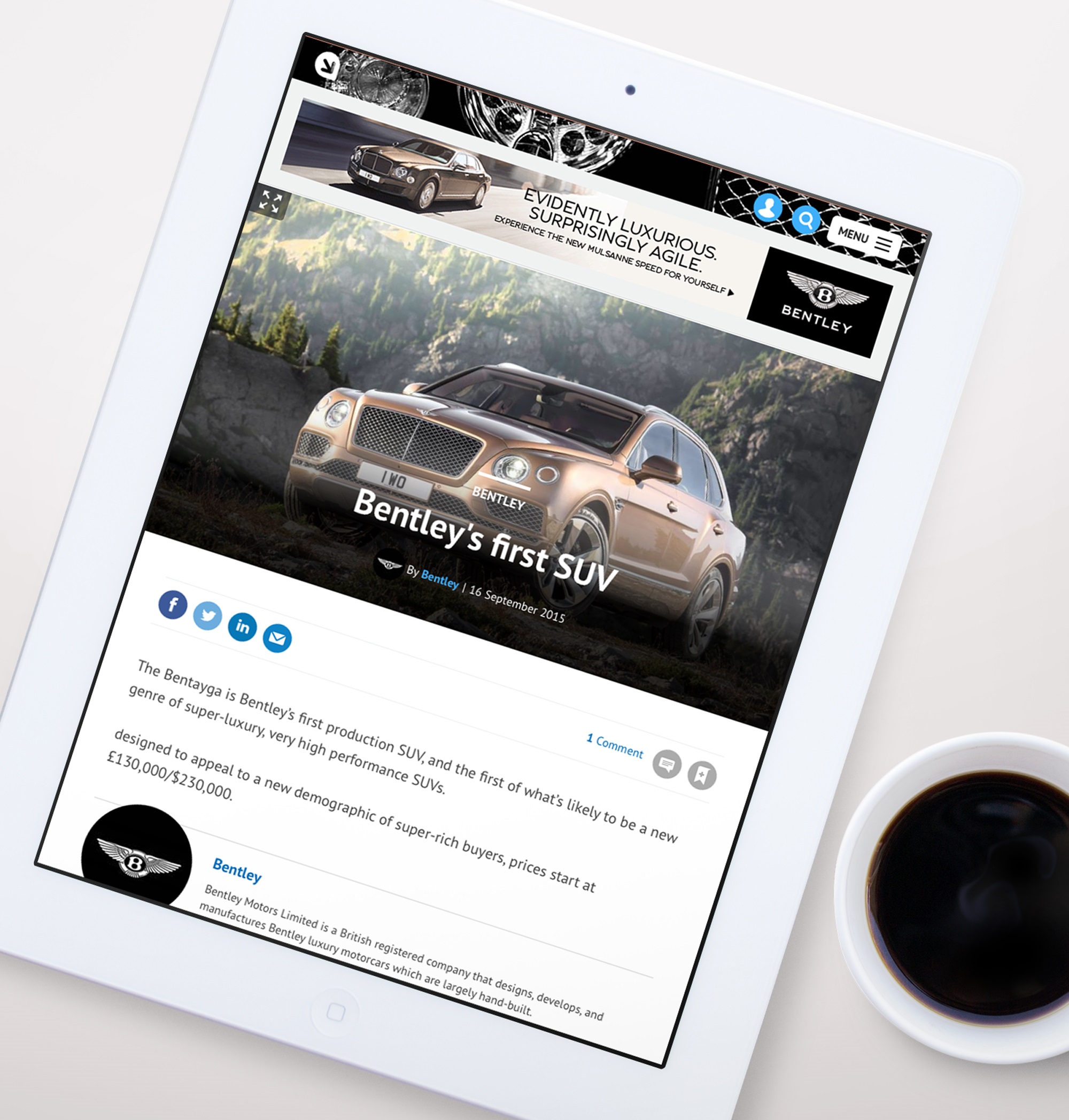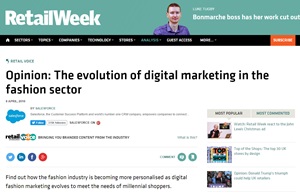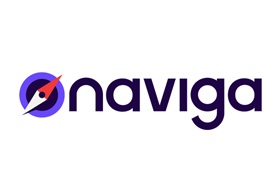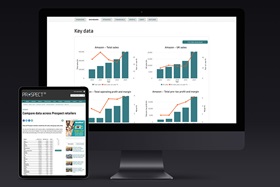At the same time, the rise of ad-blocking technology looks set to make this business model ever more challenging. Native advertising can offer much-needed respite from this onslaught but to make the most of the emerging opportunity, online publishers need to ensure they have the right strategy and the technology in place to deliver it.

Example of Native Advertising
So what is native advertising? There is a lot of excitement and noise around the subject, but no industry-wide definition. One way to define native advertising is to see it as a move away from fixed ad positions at the top, bottom or on the side columns of the page. Native advertising can appear anywhere on the site and whereas its non-native cousin is by nature ’interruptive,’ the key objective for native advertising is that it becomes part of the user’s ’natural activity stream.’ Native ads look and feel like they belong as part of the content of the site rather than trying to distract attention away from it.
As such, native advertising covers a wide range of formats from the type of paid search units made familiar (and exceptionally profitable) by Google through recommendation widgets to completely custom offerings including sponsored articles, infographics and videos.
A lot of the pressure on traditional digital advertising streams has been driven by the shift towards mobile devices. As much as banners and MPUs might interrupt the experience on a desktop version of a site when they are competing for a hugely constrained space in the mobile environment, they have the potential to be highly disruptive. Native advertising’s place in the natural flow of the user’s mobile experience helps to overcome this problem.
However, precisely because each of these formats is designed to blend seamlessly into the host site, one common requirement is the need for appropriate disclosure so that the user clearly understands that what they are looking at is paid - albeit highly relevant - content.
Strategic Investment
A Native Advertising strategy makes good business sense for both publishers and advertisers, as the metrics and benefits are more tangible to interpret and monetise. And just like any other business strategy, a significant amount of thought and a modest investment is required to ensure overall success.
Initially, you need to decide on how you will structure your native advertising model, since this will impact your internal resources and daily operations. For example, you might offer a moderated service where advertisers are given guidelines and submit content pieces which are staff-reviewed before publication, or a creative service where your staff creates the advertiser’s content for publication. Whichever model you choose, you need to ensure that your staff (editors, journalists, sales, marketing, etc) has the correct skills and mindset to implement and continually improve the model. These skills include the ability to sell packages, production time to create and review native adverts, and marketers/analysts that can communicate ad results and develop an ongoing relationship with the advertisers.

Salesforce sponsorship on Retail-Week.com
A review of your technology’s capabilities is highly important and often gets overlooked. You need to be able to publish native adverts seamlessly alongside your regular content, where they can be highly targeted and delivered to the right section of your audience at the right time. With the right technology, it is possible to provide a highly personalised and intuitive user experience with native adverts by utilising your audience’s demographic data – such as geographic location, job type, web activity and/or personal interest - in the same way you deliver your regular content. Having the correct technical capabilities, including a sophisticated CMS and access management regime, will make it easier to include native adverts and provide an effortless online experience across all devices.
Finally, you need to consider the relationship with your advertisers. Just like any content piece, native adverts take time to pull together and therefore tend to cost more to produce than traditional web advertising. This is because native ad packages are usually sold as campaigns, and include numerous elements that provide more value for money. These elements can include a web article, social media mentions, newsletter inclusions, and printed magazine version. Communicating your strategy with your advertisers and the benefits they can expect to see (increased audience reach and brand awareness, higher levels of engagement, etc) will make more likely for them to get onboard.
The Good
Similar to good quality content, native ads need to follow specific guidelines to ensure they provide relevance and value to the audience. Most importantly, they need to clearly display that the content is paid for and match the tone of the brand.
Abacus’ client, leading B2B publisher Plexus, runs various forms of native advertising across their 15 Webvision sites, demonstrating good practice whilst providing valuable engaging content. Many Plexus brands publish longform articles, carrying exclusive sponsorship opportunities for their advertisers. The interactive digital-guides provide in-depth content on a specific topic that encompasses HD videos, photography, data and infographics. Retail Week recently launched Retail Voice, a subsection of their site that provides advertisers the ability to discuss their brand by publishing content for the Retail Week audience. The Retail Week staff works with the advertisers to ensure the content pieces match the brand’s tone.

Matalan sponsorship on a longform guide on Drapersonline.com
City AM announced City Talk, their Native Advertising strategy, early in 2016. Advertisers are given guidelines and direct access to the same CMS as the editors to publish an unlimited amount of sponsored content with no staff oversight. The strategy, while initially met with scepticism, has already proven to be a success. City AM has created a new revenue stream, giving advertisers an extended audience reach, where in some cases native ads are matching the performance of some editorial content.
The Bad
When not adequately policed, native advertising can also quickly go wrong. The example of the Scientology advertorial in The Atlantic is often cited as important lessons for both publishers and advertisers. As this Forbes article covered at the time of the backlash, the main issue was that the advertising piece didn’t match the brand’s tone and ethos which was all too obvious to the magazine’s sophisticated readership. A native advert that has no relevance or an overly salesy tone is as equally irritating as obnoxious traditional adverts. Avoiding incidents like this are easier when guidelines are put in place. Disclosure alone is not enough – the content has to be appropriate for its environment.
Technology
Delivering a successful native advertising strategy relies on appropriate technology. The powerful customer experience functionality embedded in Abacus platforms can help drive this new revenue through native advertising and sponsorship by making it easy to clearly label and create a high impact brand content experience that can be highly targeted to a pre-qualified audience.
To learn how our platforms can help provide your organisation with the tools to deliver both targeted sponsored and regular content to the right part of your audience at the right time, please get in touch. .




